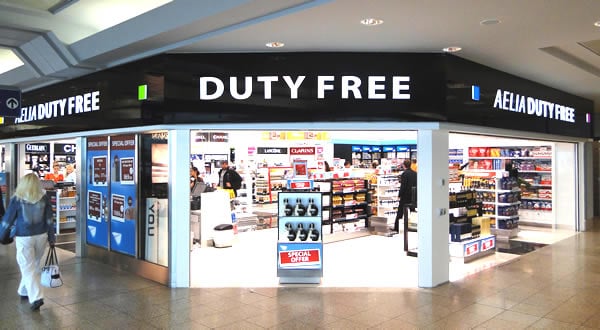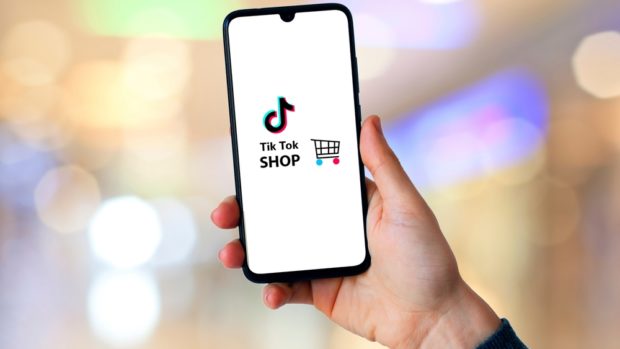
New data released from checkout finance platform, Divido, has found 58.3 per cent of consumers see checkout finance as a tool for helping them manage their finances.
The insights from Divido’s ‘Consumer sentiment report: How are shoppers using checkout finance in 2023’ reveal that checkout finance is fast becoming one of the most trusted and popular forms of payments among consumers, and now rivals cash and credit cards. In fact, those aged 18–35 are slightly more inclined towards checkout finance than credit cards, with 62.8 per cent saying they used checkout finance compared to 60 per cent who use credit cards. The largest age group was those aged 31-35 in which nearly two-thirds (65.5per cent) stated they use the payment method.
While Gen Z and Millennials are accustomed to checkout finance to continue making purchases, there is a new demographic, who are not digital natives turning to this payment method to purchase across a variety of industries. 40 per cent of those aged 60+ still agreed that checkout finance could help to manage their finances and 37 per cent said they would be comfortable paying via this method.
This appetite is matched by retailers looking to offer checkout finance. In 2022, Divido’s data found that 76 per cent of large retailers in the UK had implemented at least one form of checkout finance (either BNPL or traditional retail finance), with 27 per cent offering multiple solutions. This increased offering of checkout finance is supporting the uptick of its usage amongst consumers.
Consumers still plan to spend big
After a turbulent 2022, Britain was plunged into the worst cost-of-living crisis in a generation and interest rates increased again, hitting 4.25 per cent. Despite this, consumers are still willing to spend and have become savvier with their finances to achieve this. The latest index from GfK found that as UK avoided an early recession, consumer confidence will continue to grow, despite concern about personal finances. The rise is attributed to the likelihood that people would buy big-ticket items such as furniture and electrical goods. Checkout finance will be key to empowering consumers to spend on such items. Divido’s research found that 50.4 per cent of consumers would be more likely to complete a purchase if they knew checkout finance was a payment option and 54.2 per cent would consider spending more if this was an option.
Furthermore, the research uncovered that in the last three years, consumers have used checkout finance to purchase good across luxury fashion (38 per cent), furniture and homeware (36 per cent), electronics (30.9 per cent) and white goods (22.6 per cent) which highlights growth opportunities for the payment offering in these sectors.
Todd Latham, CEO, Divido comments that “Checkout finance offers a win-win-win situation for consumers, retailers and lenders during current economic uncertainty. For consumers, their finances are front of mind, but increased payment options at the checkout have given them a way to continue spending in a way they feel comfortable. For merchants, capturing this new, savvy audience could help them stay afloat during what is set to be a challenging time. Finally, for lenders, offering more vehicles that align with merchant and consumer needs will open them to a whole new audience and revenue stream.”
Looking at transactions under £250, Divido’s research found that 54 per cent of transactions are in the fashion and beauty sector. Fashion and beauty is by far the most popular category for female consumers, with over half (52.8 per cent) of women having used checkout finance to purchase fashion and beauty products. Comparing generations, consumers aged 18–35 were more likely to purchase such items through checkout finance, with 56 per cent having done so. That falls to 30.2 per cent for people aged 35–65, and as low as 8.5per cent in people aged 65+. While fashion and beauty’s top spot is down to high volume of low-value BNPL transactions, there is an opportunity for luxury retailers to increase revenue streams with checkout finance and expand their customer base.
For purchases over £250, Divido found that furniture and homeware becomes the dominant category for checkout finance purchases, with 44.4 per cent of customers having made a purchase in this space. 36.9 per cent have purchased electronics and 30.5 per cent had purchased white goods. Those aged 35–65 were most likely to purchase furniture and homeware (36.2 per cent), while over-65s mostly used checkout finance for electronics (37.7 per cent). As many look to make home improvements, over moving or purchasing a new home, there is opportunity to serve a broad consumer base with this payment option.
Latham continues, “The use of checkout finance across different consumer demographics and merchant verticals showcases there is a large market opportunity around helping consumers to spend sustainably and in manageable instalments. Merchants should pay close attention to these consumer preferences for their products and services and look at how checkout finance can diversify their payment product portfolio.
This year will continue to be difficult to many and providing a variety of payment options at checkout is one way to support consumers efforts to manage their finances during today’s economic climate.”








Share